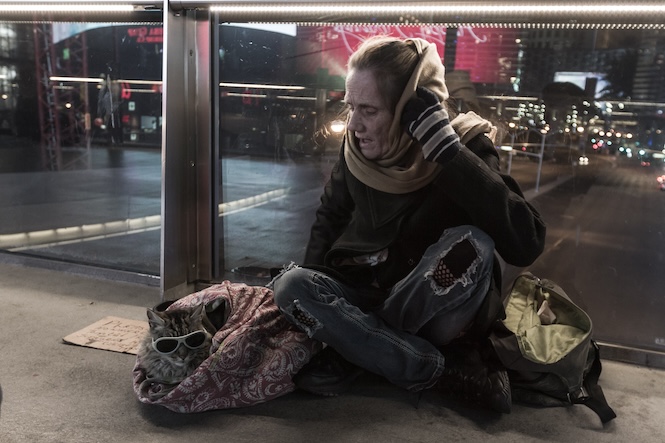Homelessness doesn’t only happen to young people but also affects older adults in growing numbers, write authors in an analysis in CMAJ (Canadian Medical Association Journal) that describes this emerging crisis.
People experiencing homelessness are considered older adults at age 50, as visible aging is often evident at younger ages in individuals experiencing homelessness compared with individuals who have secure housing. Individuals experiencing homelessness often develop chronic medical conditions earlier, as well as age-related conditions like cognitive impairment.
As well, the risk of premature death for older people experiencing homelessness is 3.5 times higher than for those who are housed, and the risk is especially high for people experiencing homelessness for the first time late in life.
In 2021, 32 per cent of people in Canadian shelters were aged 50 and older. There are also many older people living outdoors or living temporarily with friends or family.
The risk of premature death for older people experiencing homelessness is 3.5 times higher than for those who are housed.
“Older adults experiencing homelessness deserve shelter policies and government strategies that consider their care needs, and age-friendly shelters that have adequate physical environments, appropriate staffing, and access to required medical services,” writes Dr. Jillian Alston, a geriatrician at St. Michael’s Hospital, Unity Health Toronto, with coauthors. “Older adults experiencing homelessness may have faced substantial marginalization, dehumanization, and structural violence, and care models should prioritize trust, rapport building, and ensuring personal safety.
To support older adults at risk of and experiencing homelessness, adequate housing that supports individual needs is essential. Conditions that become more common with aging, like cognitive impairment and mobility concerns, can make maintaining housing more difficult for some older adults. Some solutions to prevent homelessness include tenancy monitoring programs, individualized in-home supports, and community programs that address isolation. In-shelter health care programs, such as primary care and geriatric outreach programs can help support older adults living in shelters. Innovative permanent supportive housing such as The Oaks in Ottawa, and other housing models that support aging in the right place can help provide appropriate homes for older people experiencing homelessness to relocate to. For some, the most appropriate environment to support their needs will be long-term care homes.
Addressing this growing problem requires collaboration between health, long-term care, public health, and housing and other community supports. As well, trauma-informed approaches are important for those who have experienced adversity and trauma earlier in their lives.
“Without urgent action, older adults experiencing homelessness will remain marginalized, undergo early aging, and continue to be at risk for deterioration and death in shelters and other temporary accommodations that are neither equipped nor designed to meet their needs,” conclude the authors.
“The human toll of homelessness is immense,” writes Dr. Andrew Boozary, a primary care physician and executive director of the UHN Gattuso Centre for Social Medicine, Toronto, with coauthors Dr. Catherine Varner, CMAJ deputy editor and emergency medicine physician, and CMAJ editor Dr. Andreas Laupacis in an editorial. “People who are chronically unhoused live half as long as those who are housed, experience accelerated aging, have many more comorbidities, and develop health conditions at a much younger age than those who are housed. Homelessness disproportionately affects Indigenous, Black, refugee and newcomer, and 2SLGBTQ+ people.”
To help address this chronic problem, some health networks are building affordable housing for unhoused people – a novel approach that the authors say speaks to the magnitude of the homelessness crisis.
“The fact that hospitals are dedicating scarce resources to provide housing is a testament to how undeniable the homelessness crisis has become and how ineffective and costly conventional approaches, such as lengthy hospital admissions, have been,” they write.
“Tackling late-life homelessness in Canada” and “Homelessness is a health crisis: why hospitals are resorting to building housing” were published May 21, 2024.


